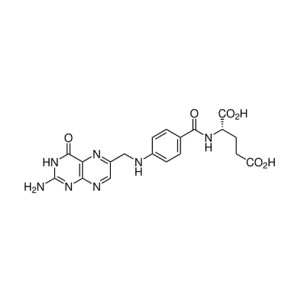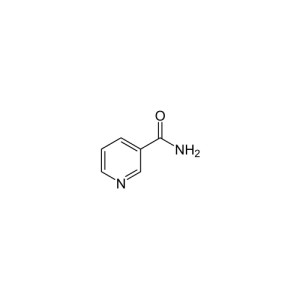Vitamin A Retinoic Acid (Tretinoin) Pure
Retinoic acid is a metabolite of vitamin A (retinol) that mediates the functions of vitamin A required for growth and development. Retinoic acid is required in chordate animals, which includes all higher animals from fish to humans. During early embryonic development, retinoic acid generated in a specific region of the embryo helps determine position along the embryonic anterior/posterior axis by serving as an intercellular signaling molecule that guides development of the posterior portion of the embryo. It acts through Hox genes, which ultimately control anterior/posterior patterning in early developmental stages.
The key role of retinoic acid in embryonic development mediates the high teratogenicity of retinoid pharmaceuticals, such as isotretinoin used for treatment of cancer and acne. Oral megadoses of pre-formed vitamin A (retinyl palmitate), and retinoic acid itself, also have teratogenic potential by this same mechanism.
Starting at $1.05
Product Description
| IUPAC name (2E,4E,6E,8E)-3,7-dimethyl-9-(2,6,6-trimethylcyclohexen-1-yl)nona-2,4,6,8-tetraenoic acid |
|
| Other names vitamin A acid; RA |
| CAS Number | 302-79-4 |
| ChEMBL | ChEMBL38 |
| IUPHAR/BPS | 2644 |
| Jmol interactive 3D | Image |
| PubChem | 444795 |
|
SMILES[show] |
|
| Chemical formula | C20H28O2 |
| Molar mass | 300.43512 g/mol |
| Appearance | yellow to light orange crystalline powder with characteristic floral odor [1] |
| Melting point | 180 to 182 °C (356 to 360 °F; 453 to 455 K) crystals from ethanol[1] |
| Solubility in water | nearly insoluble |
| Solubility in fat | soluble |
| Related compounds | retinol; retinal; beta-carotene |





